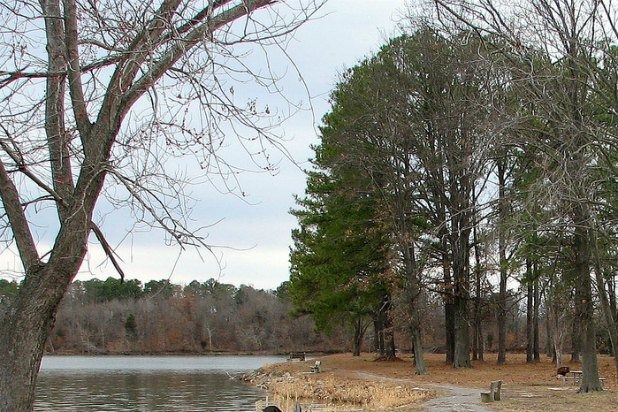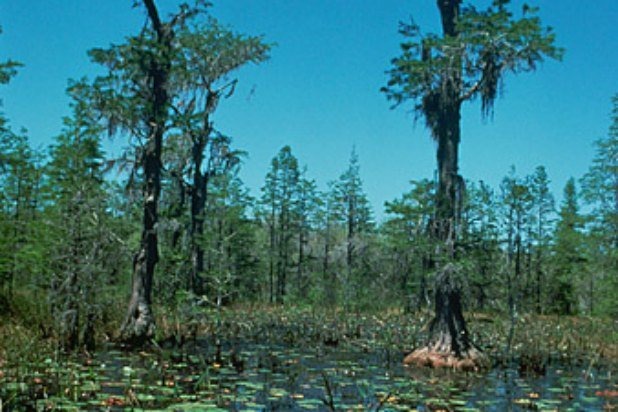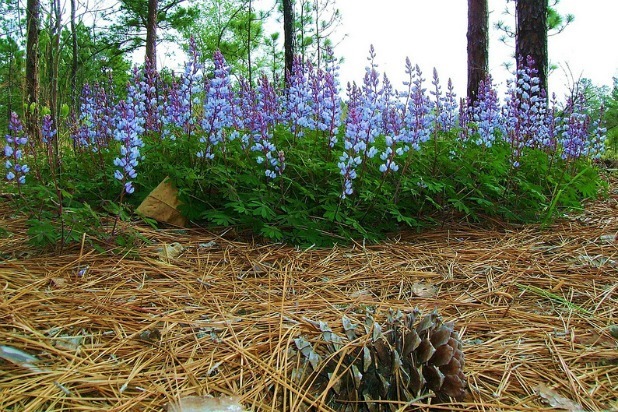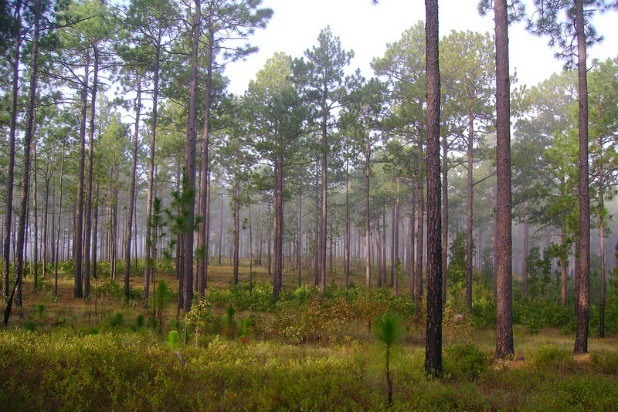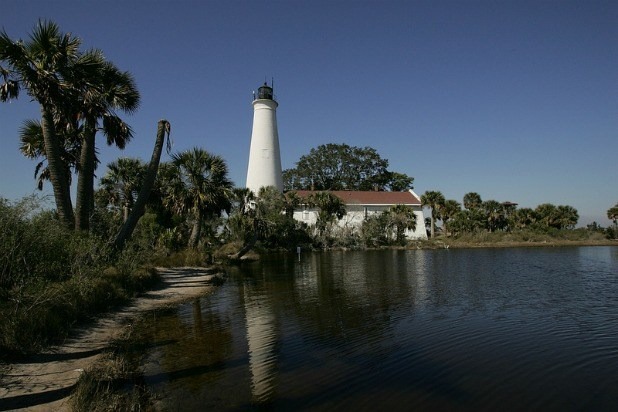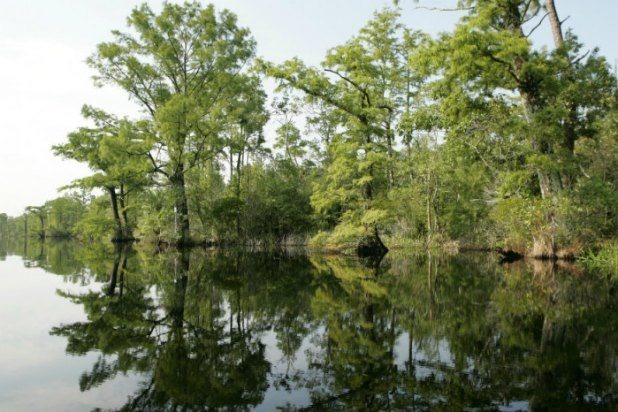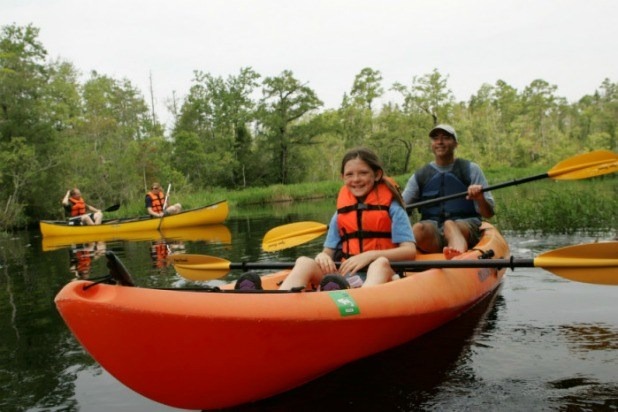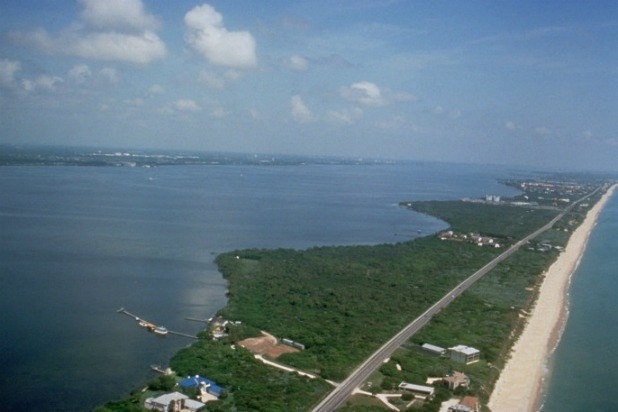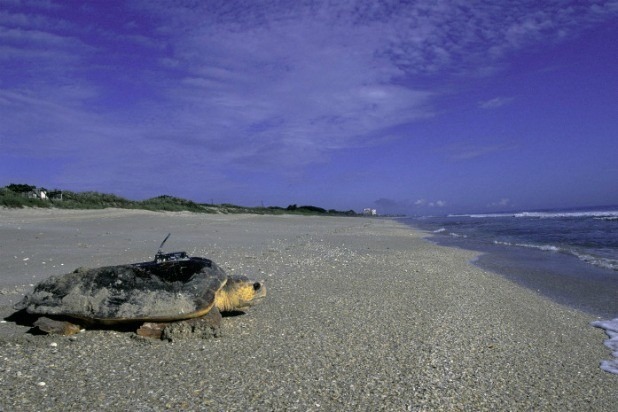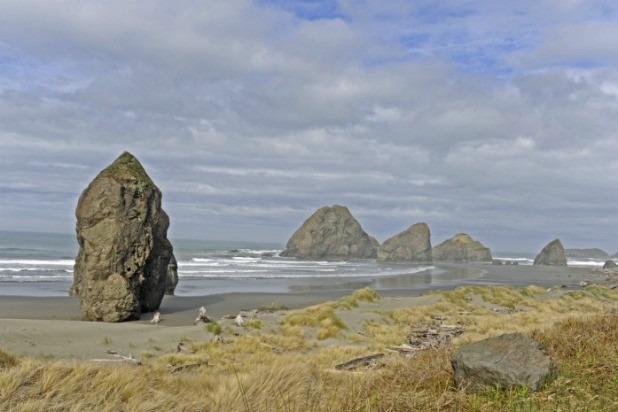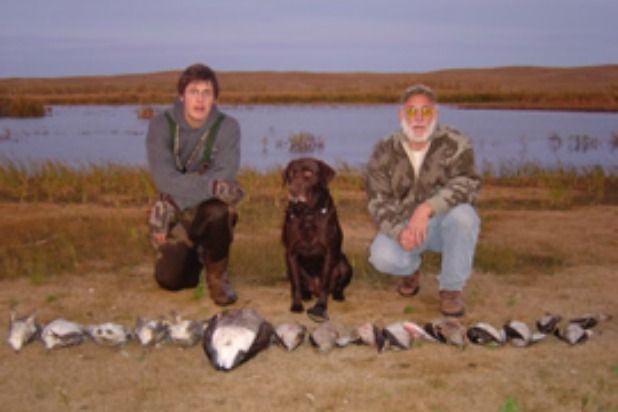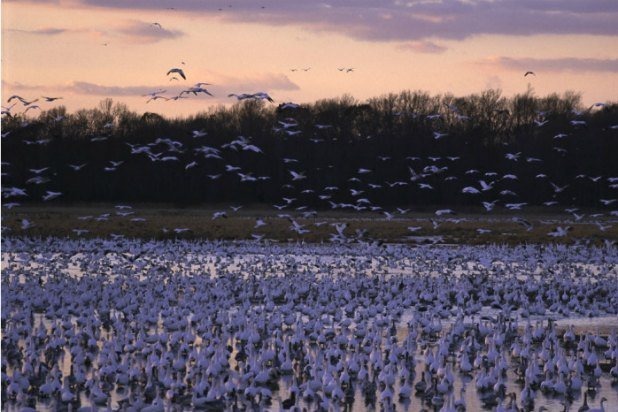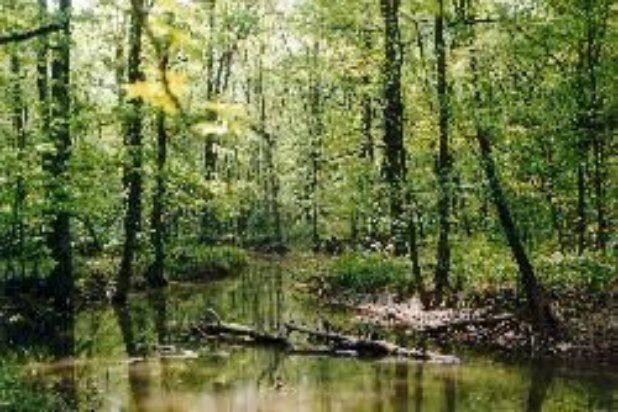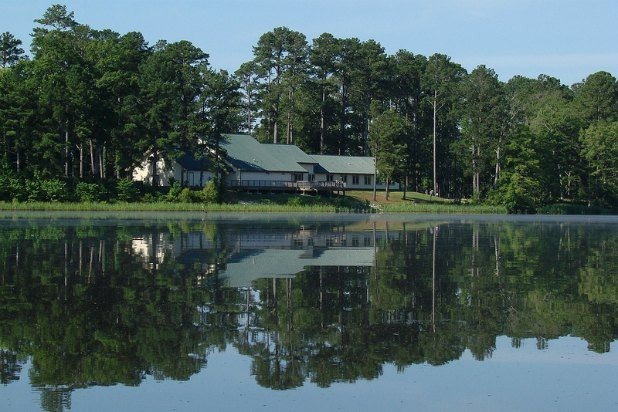Eat On The Wild Side Slideshow
The Midwests Crab Orchard National Wildlife Refuge on the northern edge of the Ozark foothills was established in 1947. The 43,890-acre refuge has three man-made lakes, hardwood and pine forests, croplands, grasslands, wetlands, and rolling hills.
Picnicking, along with camping, swimming, horseback riding, and more traditional refuge activities such as hunting (white-tail deer and geese) and fishing are allowed. Crab Orchard National Wildlife Refuge has four picnic areas with grills, and some picnic areas have shelters.
Okefenokee National Wildlife Refuge (Florida and Georgia)
Named for the Native American "Land of the Trembling Earth," Okefenokee National Wildlife Refuge in Florida and Georgia has one of the oldest preserved freshwater systems in the U.S. Created in 1937, the 402,000-acre refuge has cypress forests, marsh, lakes and islands that are filled with 400 species of animals like alligators, sandhill cranes, amd red-cockaded woodpeckers.
The refuge has guided boat tours that take visitors through historic canals and open prairies, and water trails and platforms allow people to canoe for the day or stay overnight deep within the 354,000-acre wilderness. Activities include nature photography, hunting, and fishing.
The Georgia portion of the park has picnic facilities at its three entrances. At the east entrance, near Folkston, there are picnic tables and a pavilion at the Suwannee Canal Recreation area. (Entrance fee: $5) At the west entrance, there are picnic facilities and three shelters operated by Stephen Foster State Park. (Entrance fee: $5). At the north entrance, there are picnic facilities and a concession run by Okefenokee Swamp Park, a nonprofit.
Carolina Sandhills National Wildlife Refuge (South Carolina)
Located in Chesterfield County, S.C., Carolina Sandhills National Wildlife Refuge lies along the fall line that separates the Piedmont Plateau from the Atlantic Coastal Plain. An extensive longleaf pine forest is part of the refuge, which has the largest population of endangered red-cockaded woodpeckers in the U.S. The 45,348 acre refuge has 30 ponds and lakes, making the wildlife viewing even more diverse.
Carolina Sandhills National Wildlife Refuge (South Carolina)
Activities in the refuge include a nine-mile paved auto tour route, two hiking trails, fishing ponds, observation towers, and turkey, small game, and white-tailed deer hunting. Picnic tables are also available in the park.
St. Marks National Wildlife Refuge (Florida)
St. Marks National Wildlife Refuge is one of the oldest refuges in the National Wildlife Refuge System. Established in 1931 and located along the Gulf Coast of Northwest Florida, the 68,000 acre refuge provides a wintering habitat for migratory birds. The refuge includes coastal marshes, islands, tidal creeks, and estuaries of seven north Florida rivers. The St. Marks Lighthouse, which was built in 1832 and is still in use today, is a popular attraction.
A picnic area is located within St. Marks Unit near the visitor center. The forested Panacea Unit has picnic shelters in the Otter Lake Recreation Area, which has free entry.
Alligator River National Wildlife Refuge (North Carolina)
Located in East Lake, N.C., the 154,000-acre Alligator River National Wildlife Refuge is one of the last remaining strongholds for black bear on the Eastern Seaboard. Many visitors also come to watch the red wolves howl at night in July, August, and September.
Alligator River National Wildlife Refuge (North Carolina)
Alligator River National Wildlife Refuge has paddling trails, a wildlife drive, and two wildlife trails, and fishing and hunting are permitted. While white-tail deer is the main species hunted, a variety of small game are also hunted, such as squirrels, rabbits, quail, and mourning doves. Guests can bring snacks to eat during a leisurely stroll on the trails.
Archie Carr National Wildlife Refuge (Florida)
Stretching across 20.5 miles between Melbourne Beach and Wabasso Beach along Florida's east coast, Archie Carr National Wildlife Refuge is known for its sea turtle conservation. Loggerhead sea turtles race from their nests to the sea and baby sea turtles hatch in the refuge in August.
The refuge is also the most significant area for green turtle nesting in North America, and it also serves as a minor nesting area for the leatherback turtle, which is one of the world's largest and rarest sea turtles.
Archie Carr National Wildlife Refuge (Florida)
The best time to view sea turtles is in June and July when guided, nighttime sea turtle watch programs are offered. The park also has several beaches and salt water fishing is permitted. There are several seafood restaurants a short drive from the park.
Oregon Islands National Wildlife Refuge
Located along Oregons coast, the Oregon Islands National Wildlife Refuge includes 1,853 rocks, reefs, and islands, two headland areas, and spans 320 miles of the Oregon coast.
Some 13 species of seabirds nest and breed, including common murres, tufted puffins, leach's and fork-tailed storm petrels, rhinoceros auklets, brandt's, pelagic and double-crested cormorants, and pigeon guillemots. Harbor seals, California sea lions, Steller sea lions, and Northern elephant seals use refuge lands for breeding.
Medicine Lake National Wildlife Refuge (Montana)
Located in the glaciated rolling plains of northeastern Montana between the Missouri River and the Canadian border, Medicine Lake National Wildlife Refuge provides important breeding and stopover habitats for a diverse array of migratory birds. The refuge's 31,702 acres are a prime spot for watching the annual migration of birds. More than 1,000 geese breed here in the summer months.
Waterfowl and bird hunting, along with wintertime ice fishing for northern pike are popular activities, along with camping. Visitors can bring snacks to enjoy in the park or campground.
Bombay Hook National Wildlife Refuge (Delaware)
Stretching eight miles along Delaware Bay, Bombay Hook National Wildlife Refuge is a mix of tidal salt marsh with a mix of cordgrass meadows, mud flats, tidal pools, rivers, creeks, and tidal streams. The upland area includes forests,plants, freshwater areas, and swamps.
It is easy to spot animals here. Deer, red foxes, and beavers are found on the refuge's 16,251 acres, along with many species of turtles, insects, non-poisonous snakes, frogs, and salamanders. Wading birds, including herons, egrets, and ibis, congregate at Bombay Hook in July.
The refuge offers visitors a 12-mile auto tour, five walking trails, observation towers, wildlife photography, hunting opportunities, a variety of nature and educational programs. Visitors can bring snacks to enjoy in the park or campground.
Noxubee National Wildlife Refuge (Mississippi)
Located on the edge of Bluff Lake northeast of Louisville, Ky., and south of Starkville, Miss., Noxubee National Wildlife Refuge serves as a resting and feeding area for migratory birds. One of the 254 bird species on site is the endangered red-cockaded woodpecker, which resides on the refuge's 48,000 acres.
Noxubee National Wildlife Refuge (Mississippi)
A favorite wildlife viewing area is the 30-foot-high observation platform at Goose Overlook that overlooks the Dickerson Arm of Bluff Lake, where geese and white-tailed deer can be seen in the fall. Visitors can take in a panoramic view of the refuge from Morgan Hill, and boardwalk and hiking trails are available within the refuge. Other activities include fishing and hunting, and there are picnic tables in the park, too.
